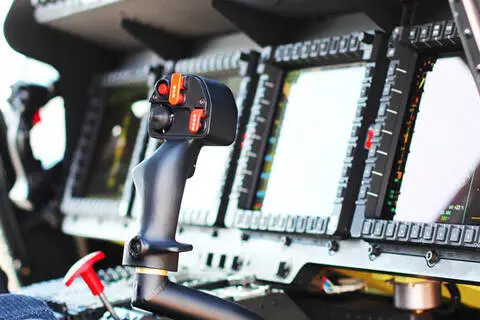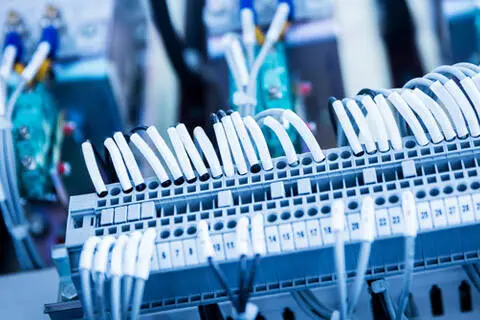
High Reliability Electronics Standards
Standards for high reliability electronics are a constellation of documents from different standards developing organizations, each contributing in their field of expertise. Here, the Government Electronics & Information Technology Association (GEIA) and TechAmerica, the organization GEIA merged into, have published standards dealing with the electronics themselves. The American Society for Testing and Materials (ASTM), contributed standards detailing the testing of electronics for counterfeiting, alteration, and so forth. ISO and IEC, both wide ranging international standards organizations, published standards addressing interoperability and universal models for reliability prediction. In essence, as reliability in electronics is such an important issue, and touches upon so many different aspects, everyone contributes their share of knowledge.







